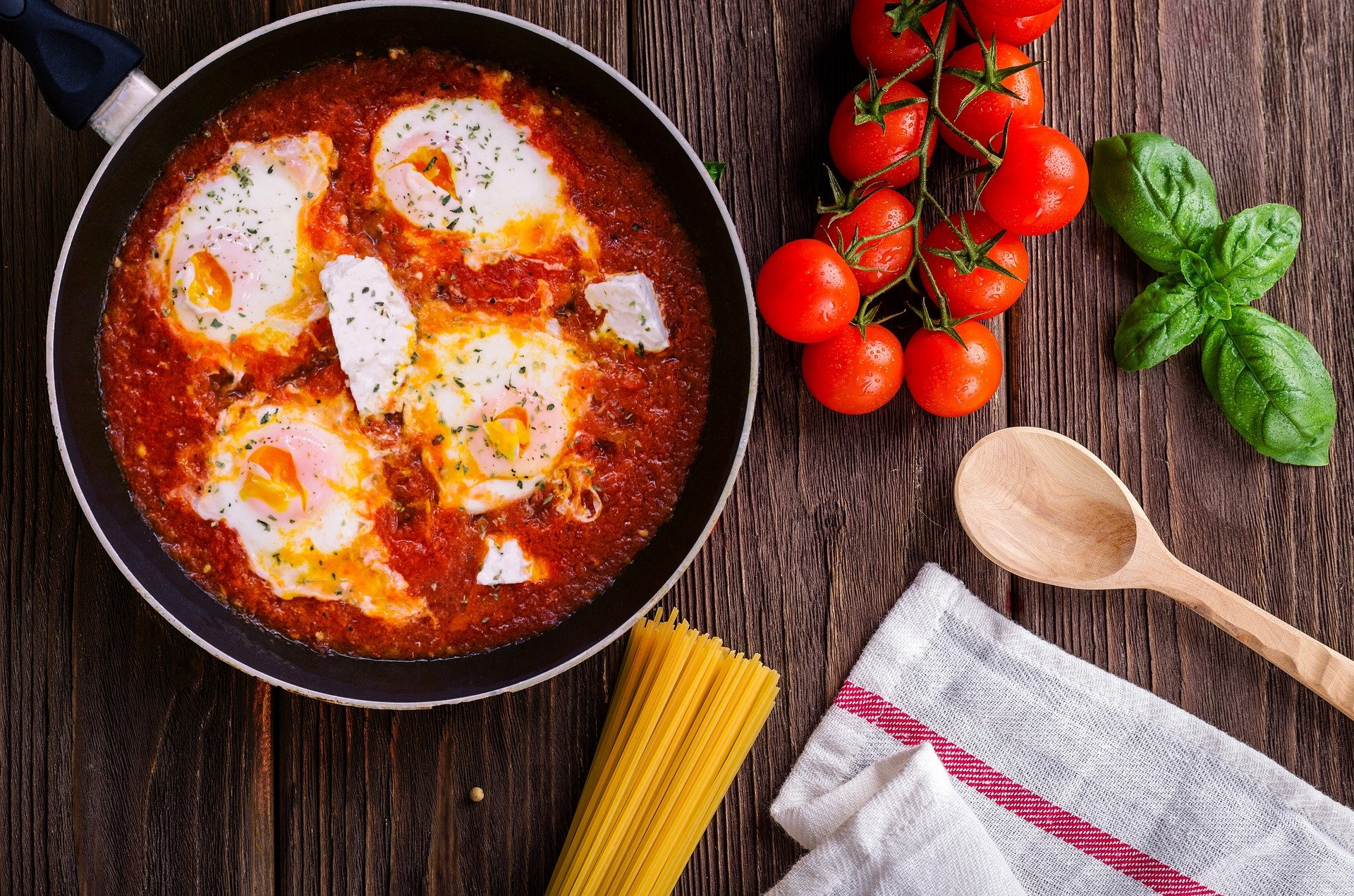Trends come and go and are often recycled—think how flared trousers and crop tops have become part of today’s aesthetics, dragged back to the present from the 90s. However, some trends are entirely new and take us by storm, creating a new era shaped by the needs and desires of the current generations. This is the case with the much-needed and ever-rising comfort industry.
Here, we’ll take a look at industries in the UK that have adopted comfort from food, clothing, to removing all senses. After all, it isn’t surprising that we all want comfort given the year we’ve had!
Food makes the world go around
We’re all familiar with craving comfort food when we’ve had a bad day, are feeling grumpy, irritable, tired, or generally down. According to consumer data from January 2020, the UK restaurant takeaway sector is growing faster than any other—with delivery services like Deliveroo, Just Eat, and Uber Eats partnering with an abundance of eateries and cuisines, we can get takeaway food boxes delivered to our door. It’s never been easier to chow down on a greasy pizza or a slap-up meal in the comfort of our own homes. Last year, 7.5 billion food deliveries were made in the UK, showing an increase of 39% in three years.
Reaching for our phones when we’re in need of comfort food is much easier than cooking up a healthy meal from scratch. Is it the ease or the psychology that has helped it boom in popularity?
According to Psychology Today, we get a temporary sense of wellbeing from these foods which actually improve our mood through the brain’s reward system. The reward system is activated when we do something that is gratifying, resulting in our brain releasing the neurotransmitter dopamine. Anything we do that activates the reward system makes us more likely to repeat it—and when we eat comfort food and feel better, our body learns to associate this good feeling with eating the food, motivating us to do it again. And with it being so easy to order this food, our brains are only feeling more rewarded.
Source: Shutterstock, by foodandcook
Home comforts
It isn’t just what we’re putting to our mouths, but what we want to wear day in day out—comfortable clothes. According to Drapers, today’s shopper is demanding comfort. Whether this is underwear and shapewear, loungewear, outerwear, many brands are now focusing on ‘second skin’ garments.
According to reports from the Guardian, Britons are working harder than ever. Long, hard, work weeks can be made marginally better through comfortable clothing. With so many of us working from home at the moment, there’s less need for suits and heels and more need for joggers and hoodies. But even before lockdown swept the UK, increasingly flexible working habits and the growing freelance workforce resulted in more demand for relaxed, more lounge-focused attire. Several brands have been launched with this in mind—even our athleticwear has been designed for us to both sweat and relax in.
Time out
In a hyper-connected digital age where we are bombarded with messages, advertising, socialising, and media, comfort experiences have become significantly more popular for many of us to switch off from the world.
Floatation tanks are pitch black, soundproof pods where people float in warm water for a period of time, essentially creating a sensation of no sensation. They were once a niche interest for select groups of people, however, they have recently surged in popularity. Akin to yoga—which went in and out of fashion and has certainly returned with an immense following— there are claims that this practice can even help alleviate symptoms of depression, anxiety, and addiction.
As mentioned before, we are a busy world with lots of stimulation, working, and technology. It isn’t surprising then to hear how more of us are looking down to temporarily power down our senses and take some well needed me-time.
We’re certainly a nation of comfort seekers. The world is becoming more informal and relaxed, whether it is ordering food or working from home, and so we are seeing our styles shift too.


